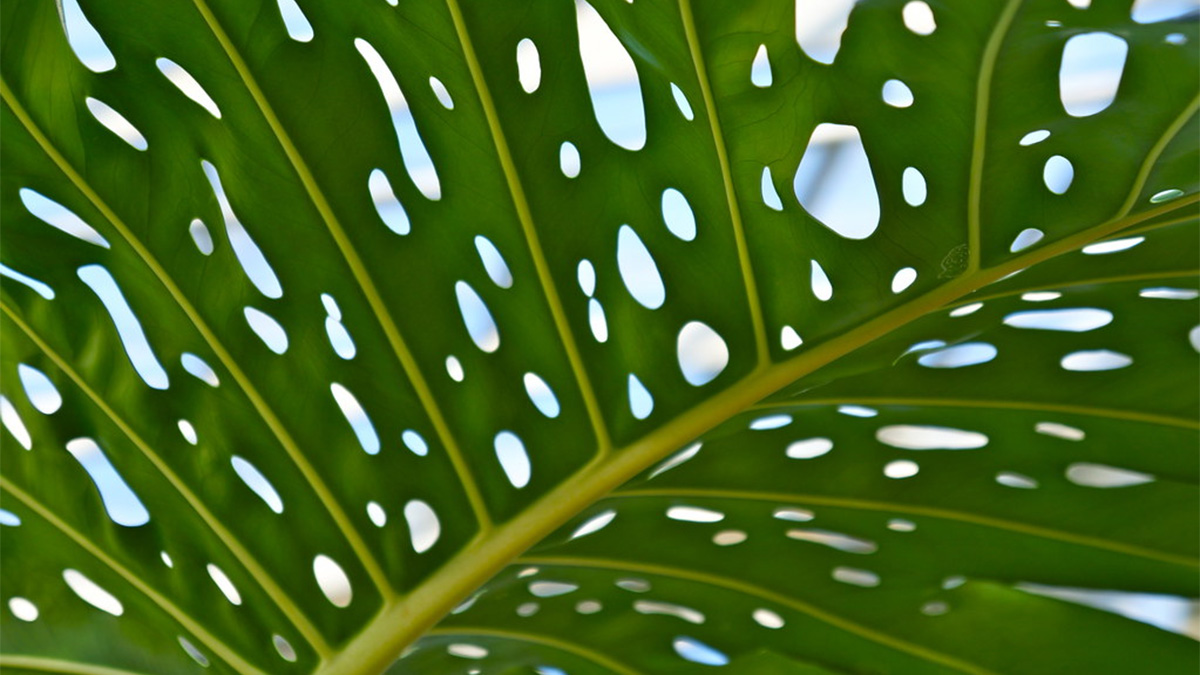Lush & Leafy: How to care for Monstera Deliciosa (Swiss Cheese Plant)

Monstera deliciosa, commonly known as the Swiss cheese plant, has become a household favorite due to its dramatic, tropical foliage and easy-going nature. Despite being relatively low-maintenance, it requires specific care to thrive indoors. This guide covers everything you need to keep your Monstera healthy and vibrant.
Understanding your Monstera Deliciosa
Originating from Central America, Monstera deliciosa is known for its unique leaves featuring distinctive splits and holes—hence the nickname Swiss cheese plant. These features help it survive in its natural rainforest habitat, allowing wind and rain to pass through without damaging leaves.
Ideal growing conditions
Lighting
Monsteras thrive in bright, indirect sunlight. Direct sunlight can scorch the leaves, causing brown spots, while insufficient light will lead to slow growth and smaller leaves without characteristic holes.
Temperature and humidity
Swiss cheese plants prefer temperatures between 65°F and 80°F (18–27°C) and moderate to high humidity. Dry indoor air can cause leaf edges to brown or curl, so maintaining humidity around 50-60% is ideal.
Watering guidelines
Monsteras thrive in evenly moist but not soggy soil. Allow the top 1–2 inches of soil to dry between waterings—check moisture by inserting your finger into the soil.
Overwatering is common, causing yellow leaves or root rot. Ensure proper drainage, and only water when necessary. Underwatering leads to brown, crispy leaves and drooping. If these signs appear, increase watering slightly, always allowing excess water to drain.
Balancing moisture carefully helps keep your Monstera healthy and vibrant.
Soil and fertilizer needs
Choosing the right soil
A well-draining potting mix that retains moisture without becoming soggy is best. A mix of peat moss, perlite, and orchid bark provides ideal drainage.
Fertilization
Apply a balanced, water-soluble fertilizer monthly during the growing season (spring and summer). Avoid fertilizing during winter months when growth slows.
Humidity and temperature preferences
Monsteras prefer temperatures between 65-80°F (18-27°C). Keep them away from drafts, heating or air conditioning vents. Maintaining humidity around 50-60% helps ensure vibrant, healthy foliage. Humidifiers or regular misting can help achieve these conditions.
Potting and repotting
Repot Monstera deliciosa every 1-2 years, or when roots become crowded. Choose pots with good drainage holes and use a well-draining, peat-based potting mix. Increase pot size gradually to prevent water retention and root rot.
Pruning and cleaning
Regularly remove yellowed, damaged, or older leaves to encourage new growth and maintain overall plant health. Wiping leaves with a damp cloth every few weeks helps prevent dust buildup and pest infestations, allowing for optimal photosynthesis.
Common pests and issues
Monsteras may occasionally encounter pests like spider mites, mealybugs, and aphids. Regular inspections and treatment with neem oil or insecticidal soap can quickly manage any infestations.
Propagation techniques
Monstera deliciosa is easy to propagate through stem cuttings. Simply cut below a node, place the cutting in water until roots develop, and then transplant into soil. Propagation is an easy way to expand your plant collection or share with friends.
Common problems and solutions
- Brown leaf edges: Usually caused by low humidity or underwatering. Increase humidity or water more frequently.
- Yellow leaves: Often due to overwatering. Ensure proper drainage and allow the soil to dry slightly between waterings.
- Pests: Check regularly for common pests and treat promptly with neem oil or insecticidal soap.
Conclusion
Monstera deliciosa is a rewarding, beautiful plant that enhances any indoor space with its striking, tropical presence. While it requires attention to watering, lighting, and humidity, it remains beginner-friendly. With consistent care, this popular houseplant will thrive for many years.
